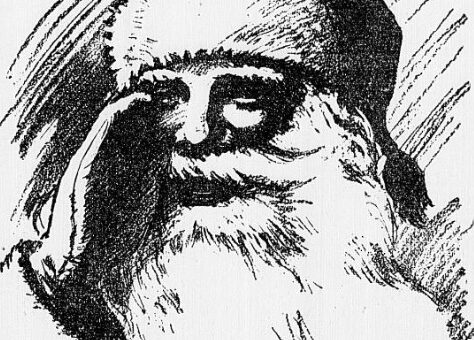
Puritans hated all things Christmas and even banned the celebration of Christmas in both England and later on in America. But everyone loves a good feast, so the Puritans lost in the end.
From America’s Borrowed Christmas Customs, 1929.
History of the Christmas Feast
It was “Merrie Old England” that made the Christmas celebration an orgy of feasting and drinking. The ancient Britons celebrated Christmas with great abandon.
You remember how King Alfred in 878 was caught napping over his yule ale by the Danes, who almost completely annihilated his army.
In those days the Christmas festivities began on December 16 and lasted until January 6. That is, they ended on the Pagan “twelfth night.”
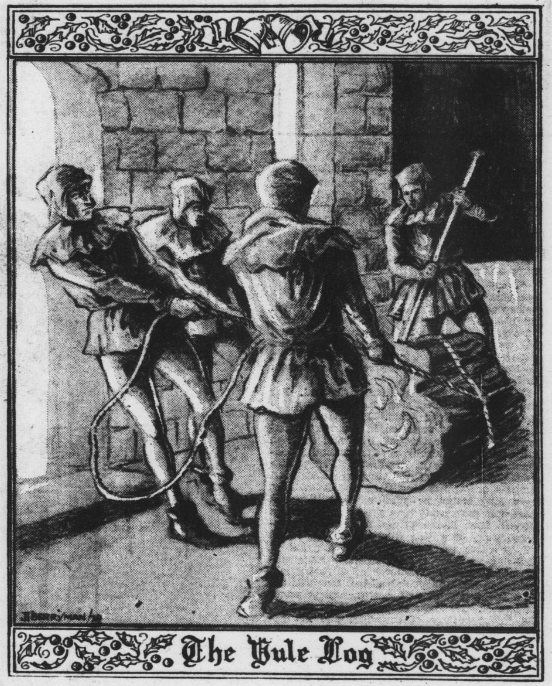
Christmas Morning
On Christmas morning the festivities began at daybreak and the entire household must be present when the Yule log was ceremoniously lighted from the glowing embers kept alive from the coals of the preceding log. This was to bless the family for the coming year.
Long before breakfast the children were up peeping into their stockings, which “had been hung by the chimney with care” to get the presents St. Nicholas had left for them.
All the neighbors, servants, and tenants were invited to breakfast in the great hall.
This was no light repast. Evergreens and mistletoe festooned the walls. Songs were sung. The singers treaded the snow from door to door, singing as they went. It seems there was always snow at Christmas time in England.
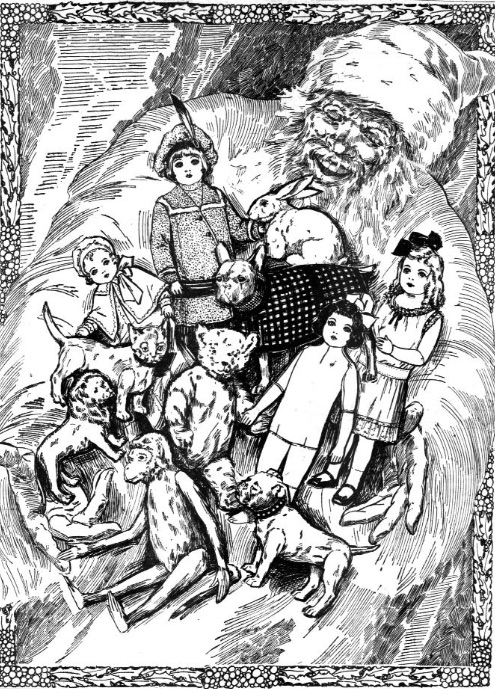
Yule Feast
The Yule feast of the 16th century knew no bounds. But it is certain that meats of every variety graced the long, creaking tables on that day.
There was beef and mutton, pork, roast young pig, veal, goose, bullock, capons, turkeys and ducks.
Besides the meats there was an abundance of fruits, vegetables, nuts and pickles.
And they (the Britons) were “all wet,” for history tells us, ale, beer, barley and wines were rolled to the tables in huge kegs.
The Boar’s Head
The boar’s head was brought in with great ceremony. This part of the feast was in memory of an Oxford student who was attacked by a vicious wild boar one long past Christmas Day. The student’s only weapon was a copy of Aristotle. He hurled the book at the beast and it lodged in his open mouth, choking it to death. The student then cut off the boar’s head and carried it home to feast upon.
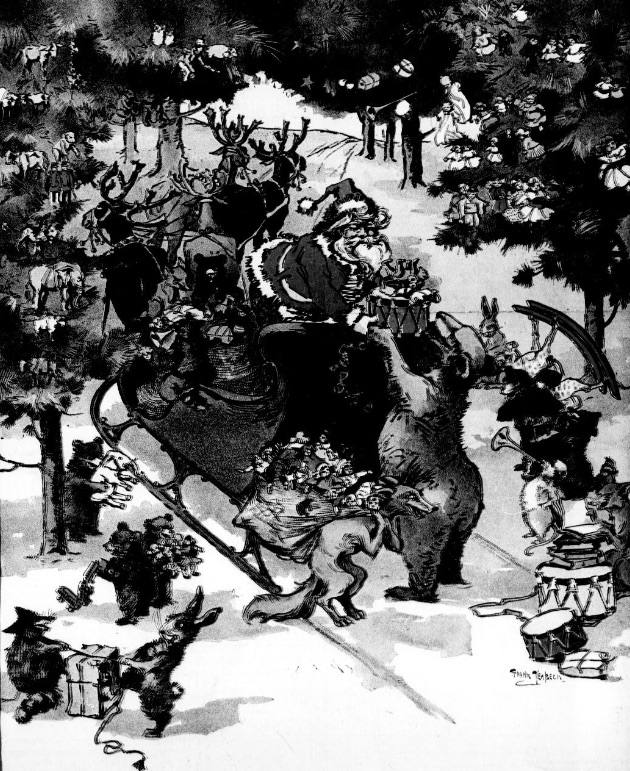
Mince Pie
Mince pie, which was made of rare spices from the East, was supposed to represent the gifts of the magi, and the mutton in it symbolized the sheep over which “the shepherds watched by night” at the time of Christ’s birth.
Mince pie was called Christmas pie and must never be eaten before December 16.
Puritan Hate for Christmas
The Puritans hated all these desecrations of the Lord’s birthday, and in 1643 the Roundhead Parliament abolished Christmas as a feast day. They even forbade the eating of the famous mince pie.
For 12 years there was no feasting in England, but the old customs returned with the Restoration.
However, the Puritan sentiment was transplanted to the American colonies [lucky us] in the New England States.
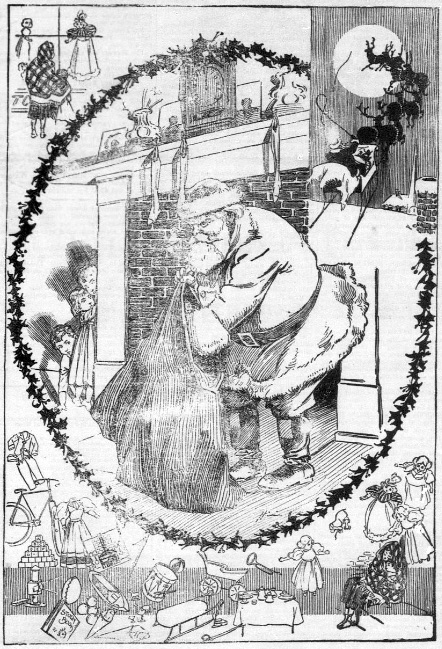
In 1659 we find that the General Court of Massachusetts passed a law saying:
Anybody who is found observing by abstinence from labor, feasting, or any other way, any such day as Christmas shall pay for such offense with 5 shillings.
This law was repealed in 1681, but the old Puritan sentiment against a truly joyous celebration of Christmas remained in New England until the beginning of the 20th century.
Source: Evening star. (Washington, D.C.), 22 Dec. 1929.

